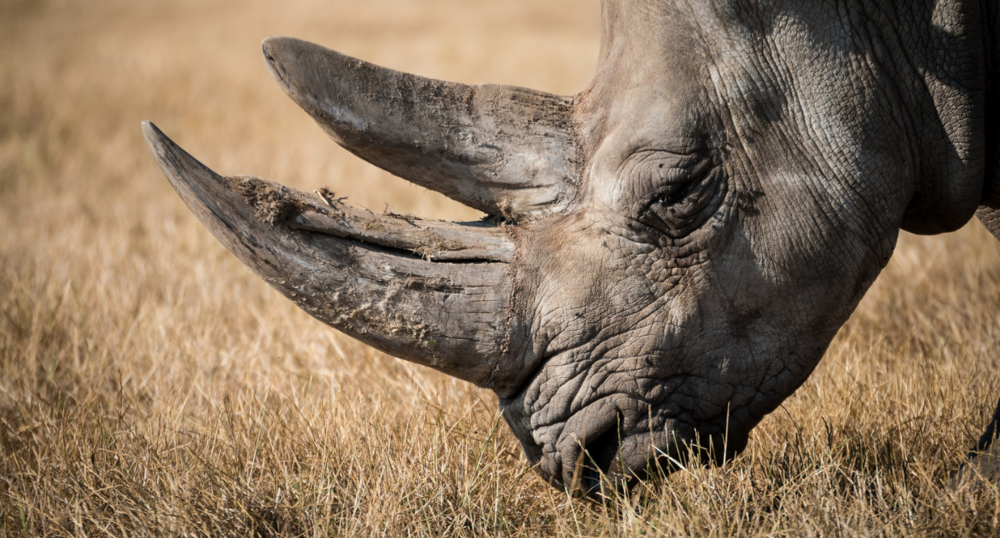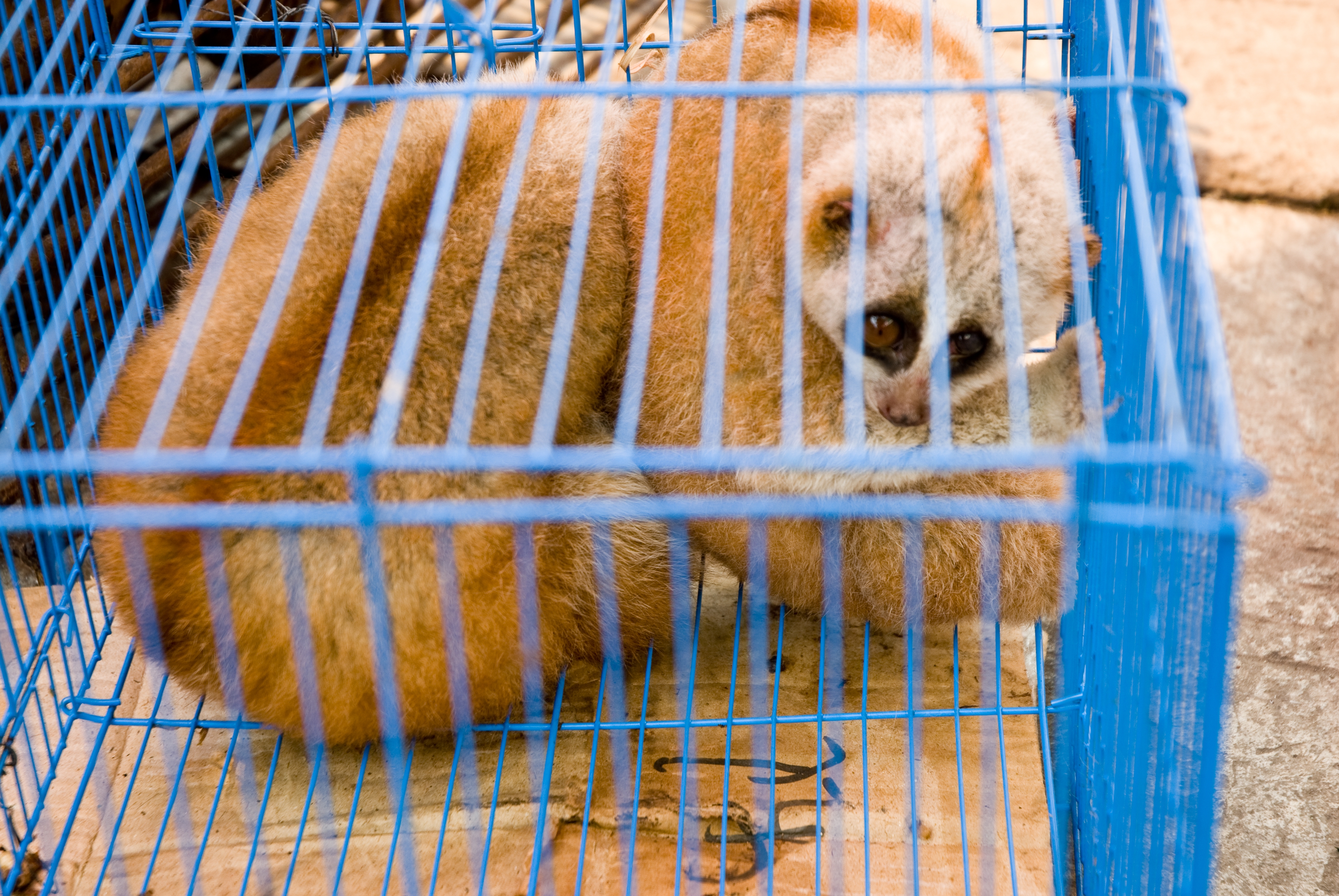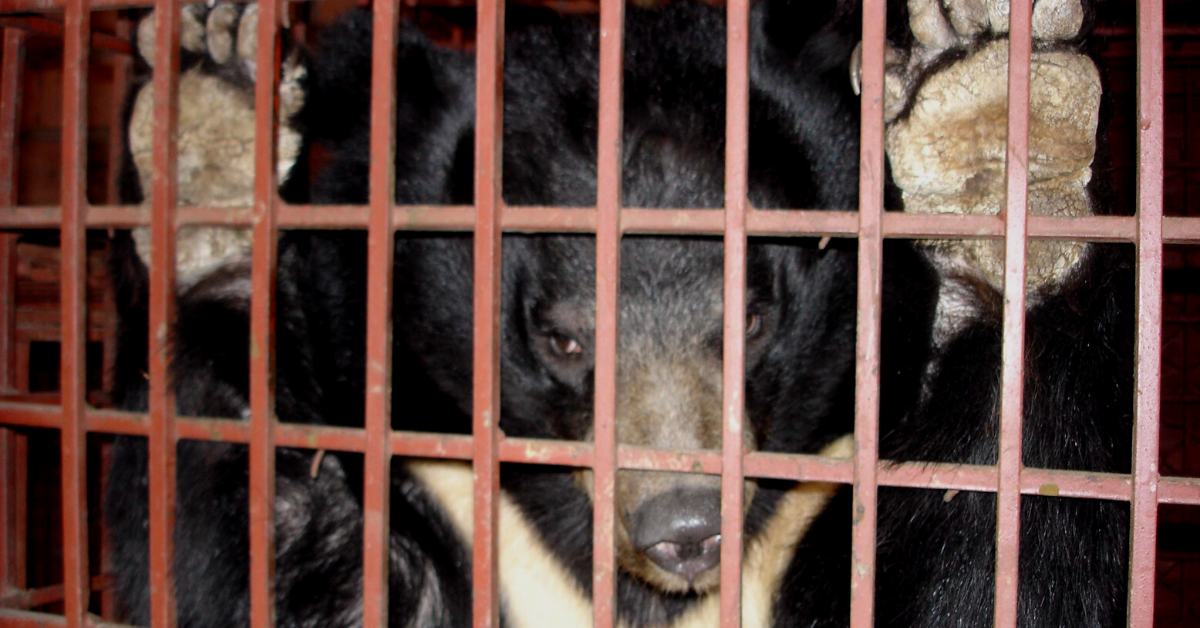
Tackle wildlife declines to safeguard all life on Earth – including us
Recent reports on the global state of nature point to a catastrophic loss of life on Earth, driven overwhelmingly by humans. Efforts to protect wildlife and ecosystems have almost completely failed in the face of habitat destruction, overfishing, climate breakdown and pollution. Healthy ecosystems and thriving species must become a global priority.
Extinction
Talk of the biodiversity crisis conjures up images of species like the Northern White Rhino, now down to a population of two and the subject of significant efforts to save the species. However, the depth and seriousness of the crisis covers the entire planet, from the tiniest species to the largest and most charismatic.
The sixth mass extinction is underway and progressing rapidly. The average loss of vertebrate species over the last century is up to 100 times higher than the background rate, and this conservative estimate is likely to understate the extent of the problem.
The reasons for this unprecedented wave of extinction are numerous. Habitat loss, overfishing, pollution and the commercial wildlife trade are driving up the risk of extinction. Climate breakdown is changing habitats on every part of the planet, and species which cannot keep up with the pace of warming are at risk of being lost.
Abundance
The size of wildlife populations, as covered by the Living Planet Index, matters too. This year’s Index, covering 4,392 vertebrate species, shows populations have declined 68% between 1970-2016, with the worst impacts in Latin America and the Caribbean, which showed on average a 94% decline. None of the Aichi biodiversity targets, set in 2010 with the aim of slowing our onslaught on wildlife, have been met.
Many species become functionally extinct - no longer making any contribution to their ecosystem - long before the last individual member of the species is gone. Globally, 6.5% of bird species were estimated to be functionally extinct in 2004, a figure that is likely to have risen since then.
The complexity of many ecosystems means that most species rely on others for their survival, and so when one species starts to die off, others will follow suit.
For example, figs and fig wasps are dependent on one another for their survival, as many fig wasp species only reproduce on fig trees, and many fig trees are only pollinated by the wasps. Were one to be lost, the extinction of the other would be assured. In turn, figs are a vital resource for monkeys, birds, bats and more at the times of year when other foods are less available. A reduction in fig wasp populations would therefore have devastating effects which would ripple down the ecosystems they underpin.
Humans and wildlife alike depend on healthy ecosystems to provide vital services like pollination, water purification and carbon uptake and storage. Giving a central role to policies which will help all animal populations recover and thrive, not just avoid extinction, is fundamental to averting the biodiversity crisis and building a stable future for life on Earth.
Historic damage and tipping points
Extinctions caused by habitat loss do not always happen immediately. As degradation advances and wildlife crowds into ever-smaller remaining fragments, the impact of the loss of resources can take time to take effect, a phenomenon known as ‘extinction debt’.
This means that habitat destruction and degradation can lock us in to future extinctions. For example, deforestation in Southeast Asia was predicted by experts in 2003 to cause the local extinction of between 13-42% of 3,196 species over the next century, some of which will mean a species becomes globally extinct.
Human impacts on the natural world like climate breakdown and habitat loss also change the rules of the game in terms of which species are best equipped to survive. Those specialised for specific habitats are more likely to suffer population reductions and extinctions than generalist species. For example, in the Amazon, hummingbirds which need dense forest to survive are in retreat, whereas those which can manage on the fringes of farmland are not.
On a larger scale, experts have suggested that ongoing carbon emissions could flip the Amazon basin from a forest to a grassland habitat, gravely threatening the existence of the entire rainforest ecosystem.
Natural solutions
These examples show that species and ecosystems on which we depend are fundamentally damaged long before extinction finally arrives, often more a death by a thousand cuts than a sudden unexpected end.
‘Natural solutions’ to protect and conserve forests, wetlands and other important habitats, allowing them to store carbon and absorb more from the atmosphere, are a key part of plans to tackle the climate crisis. They potentially offer a third of the emissions reductions needed by 2030 to keep global heating below 2°C. However, if these ecosystems are not functioning, or locked into extinctions tomorrow by our actions today, they cannot provide the support we need.
These future extinctions, and the cascading collapse of ecosystems caused by our assault on nature, can be halted and reversed. This won’t just benefit wildlife but also ourselves. Pandemics like Covid-19 show us that our impacts on nature have devastating effects on humans, and so restoring natural ecosystems and allowing them to flourish will keep us safer from pandemics, climate breakdown, and the loss of life support systems from pollination to water purification.
Policies to address the biodiversity crisis must restore degraded habitats and protect vital biomes from logging, mining, infrastructure and agribusiness. Indigenous territories, vital to the global conservation of biodiversity as a whole, must be respected. Companies and governments must commit to ending sourcing from key biodiversity regions, and produce robust initiatives to do so. Meeting the targets of the Paris Agreement on climate breakdown will also help avert the biodiversity crisis.
The next set of global biodiversity targets will be set in 2021. They must be truly ambitious in scope and thorough in implementation. We must roll-back the cascade of species extinctions we are causing and give real protection to wildlife and wild-places and, ultimately, ourselves.
SIGN UP FOR OUR EMAILS AND STAY UP TO DATE WITH EJF

